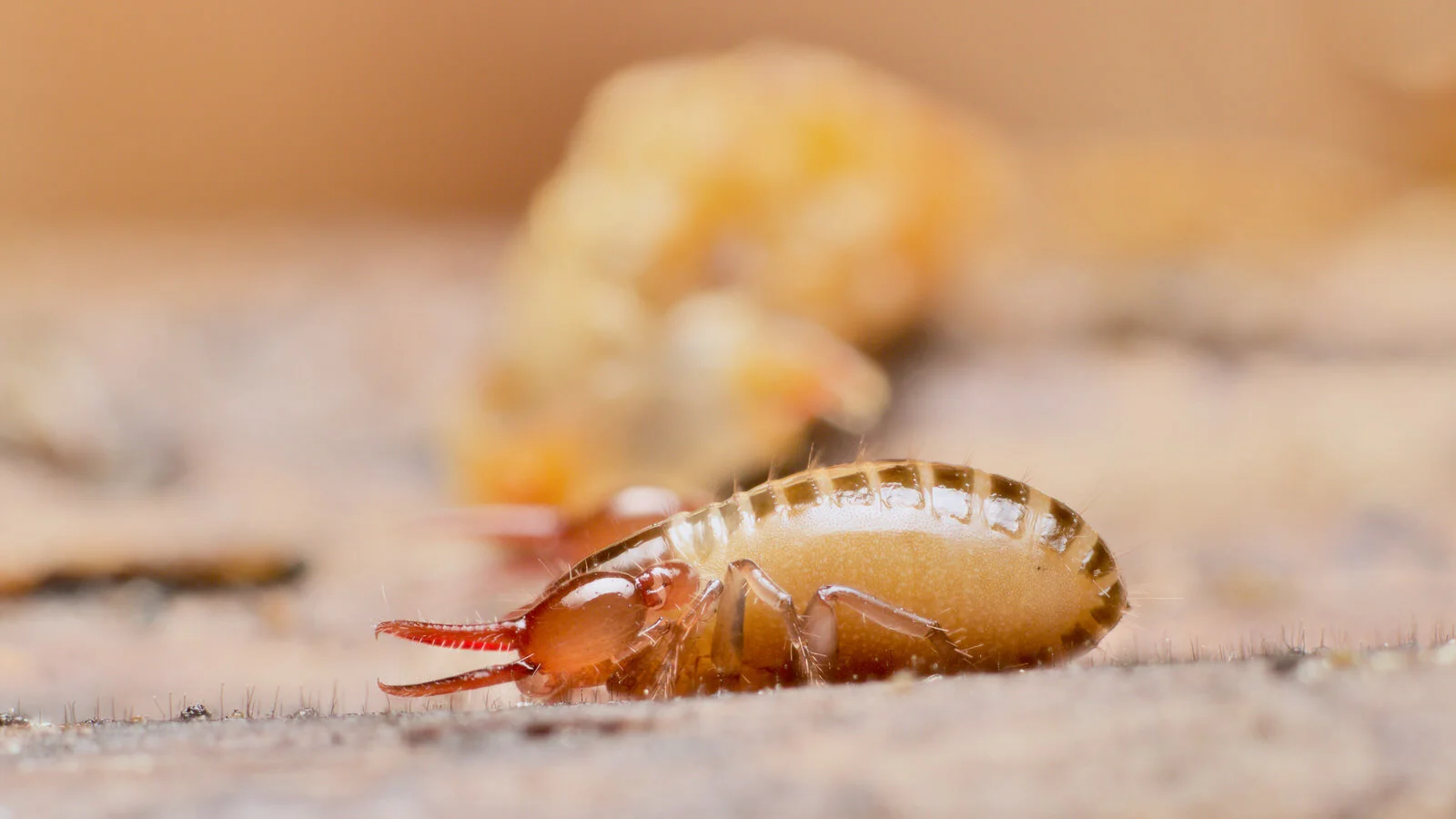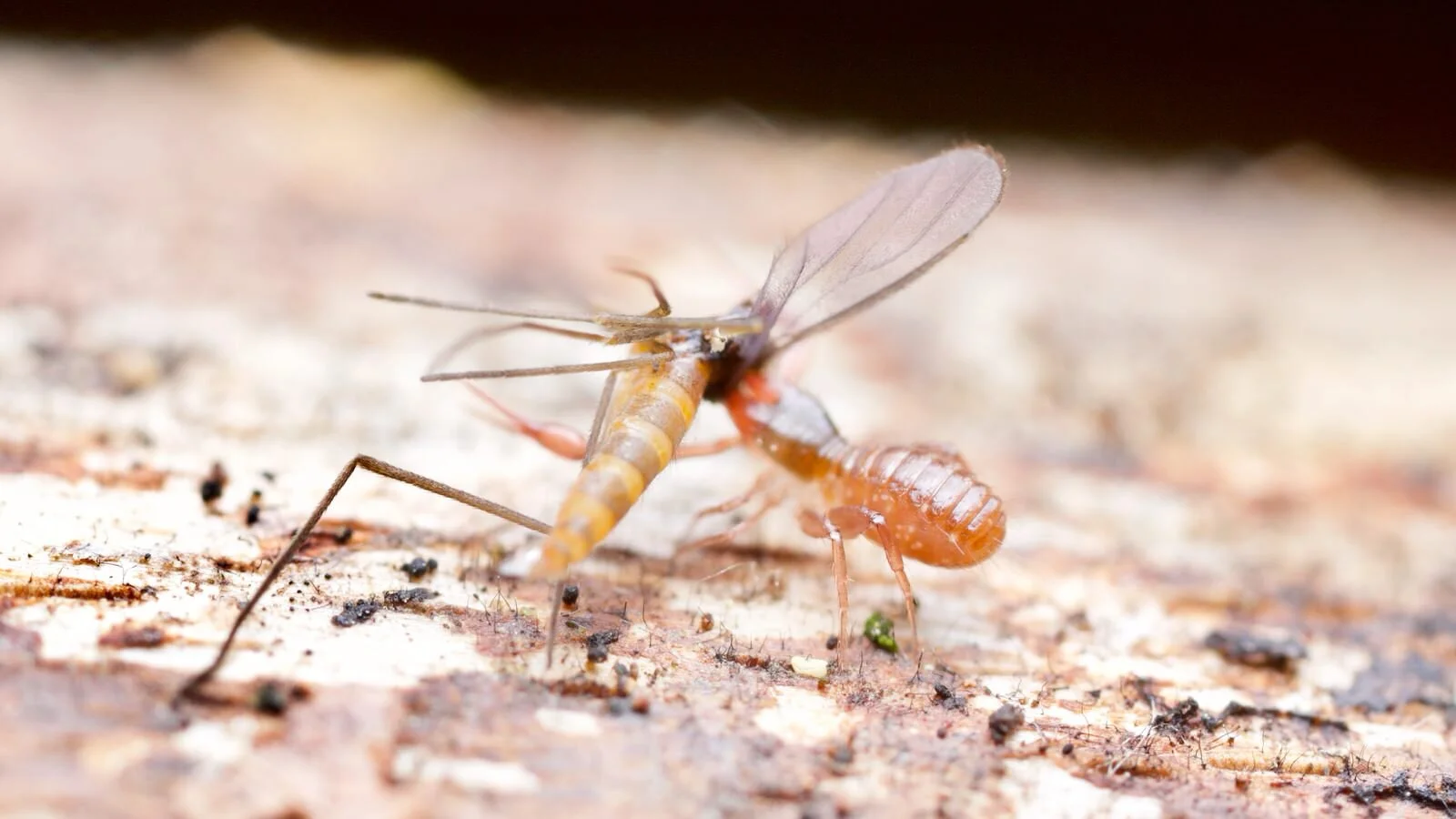
All about pseudoscorpions
-the predatory false scorpion
A juvenile scorpion, Slovenia
A pseudoscorpion, South Devon, UK
Pseudoscorpions, also known as false scorpions, are tiny soil predators, eating their way through much of the soil mesofauna. They form, variously, depending which paper you read, the order Pseudoscorpiones, order Chelonethida or order Pseudoscorpionida, in the class Arachnida, together with scorpions, spiders, mites and ticks, opiliones, camel spiders, vinegeroons and whip spiders. They can get up to 12mm big though the vast majority are between 2mm and 6mm. They are a distant relative of the friendly, stabby scorpions, and look exactly like miniature scorpions without a tail, with some walking backwards as easily as going forwards. They're a curiosity for me- a source of fascination due to their scorpion-like behaviour.
Probably the best known overall is the book scorpion, a tiny pseudoscorpion that often lives in houses and hunts dust mites, clothes moth larvae and book lice. They are the smallest form of predator control available indoors.
Without a sting, pseudoscorpion venom resides in their enlarged pedipalps, or pincers, enabling them to paralyse and immobilise their small prey, before chewing and exuding digestive juices and sucking back up the resulting fluid.
Chthonius ischnocheles with prey- a dark winged fungus gnat- Somerset, UK
Most pseudoscorpions are solitary. However, some species are communal, living and hunting cooperatively. This means that they are then able to take larger prey.
An unusual habit that pseudoscorpions often engage in is to hitch a lift on larger animals, holding on with their pincers. It's a practice called phoresy, practiced by some other small animals such as mites and nematodes but somewhat iconic and cool when done by pseudoscorpions. They grip onto legs or setae, sometimes three or four pseudoscorpions at a time, dropping off at a later point.
Parental care in pseudoscorpions
Pseudoscorpion with eggs, NZ
Female pseudoscorpion with eggs, Somerset UK
All female pseudoscorpions exhibit some form of parental care. They have a brood sac, in which they can carry their developing embryos, many travelling freely, while some species build special chambers from silk, where they can sit, protected until the pseudoscorpling nymphs hatch. But even then, this is not the end.
Pseudoscorpion with young, NZ
Above, a solitary female feeds her young, deep in a temperate rainforest on the South Island of New Zealand. This feeding and associated grooming and tending of her young can continue until adulthood, depending on the species. The freshly hatched pseudoscorplings start their feeding with a special milk exuded from the female’s ovaries before moving on later to insect food provided by the mother. The males in some of the social species have also been observed contributing food to the growing nymphs but appears to remain a predominantly female behaviour.
Matriphagy is the practice of a mother sacrificing herself as food for her offspring. It was recently recorded in one of the social species of pseudoscorpions, specifically, a tropical Brazilian species of bark-dwelling pseudoscorpion, Paratemnoides nidificator. It has previously been observed in some species of spiders, some insects and at least one type of amphibian- the Caecilians. This extreme behaviour serves as a final failsafe, should food become too scarce to feed her young.
With P. nidificator, during extreme food shortage, the female leaves the nest, standing passively while raising her pedipalps. This appears to be a signal for the nymphs who attack her legs and pedipalps and begin to feed until she dies.
See Matriphagy in the neotropical pseudoscorpion Paratemnoides nidificator (Balzan 1888) (Atemnidae) by Everton Tizo-Pedroso
Pseudoscorpion, Chthonius ischnocheles, South Devon, UK
Pseudoscorpion, Mexico City UNAM Botanical Garden, Oct 2016
Pseudoscorpions can live up to six years, some of those years spent as a periodically moulting juvenile. While moulting, or waiting out cold winters, they can often spin a silk cocoon as protection, using specialised spinnerets on the tip of their jaws.
Pseudoscorpion, NZ
Pseudoscorpion, Tairua, New Zealand
Pseudoscorpion, Montagu, NW Tasmania






